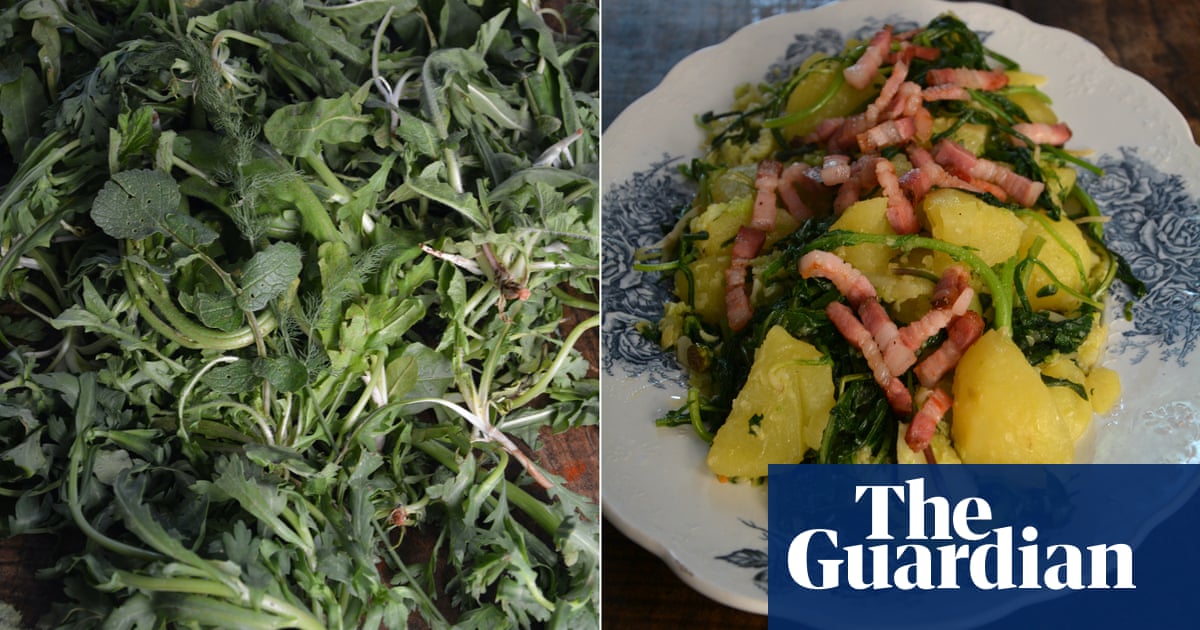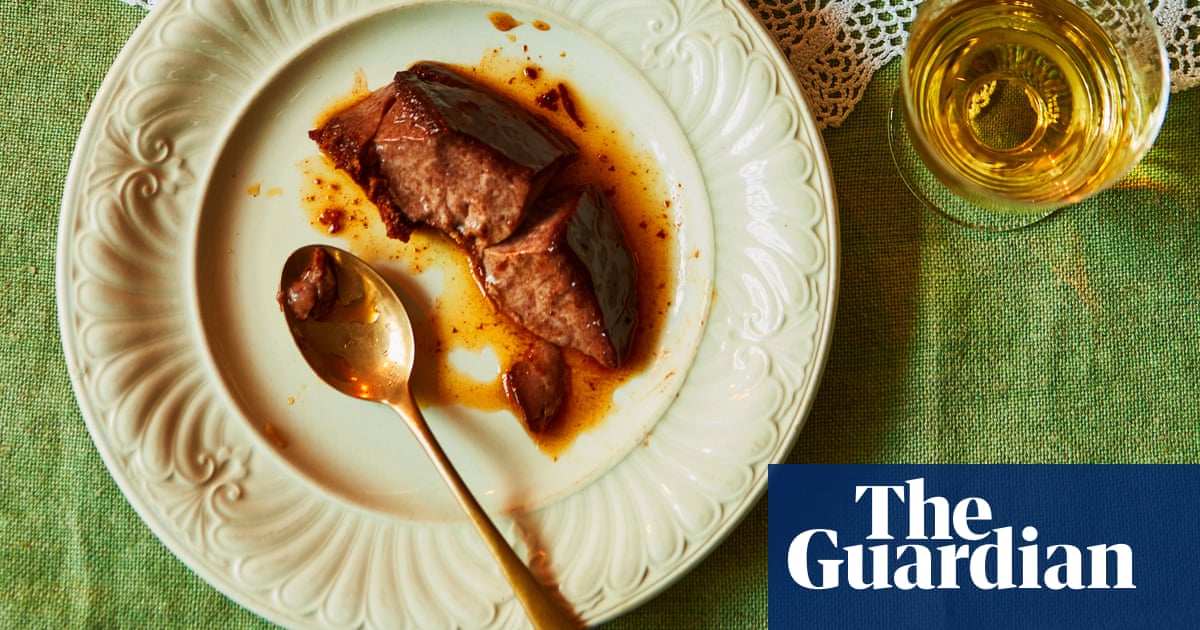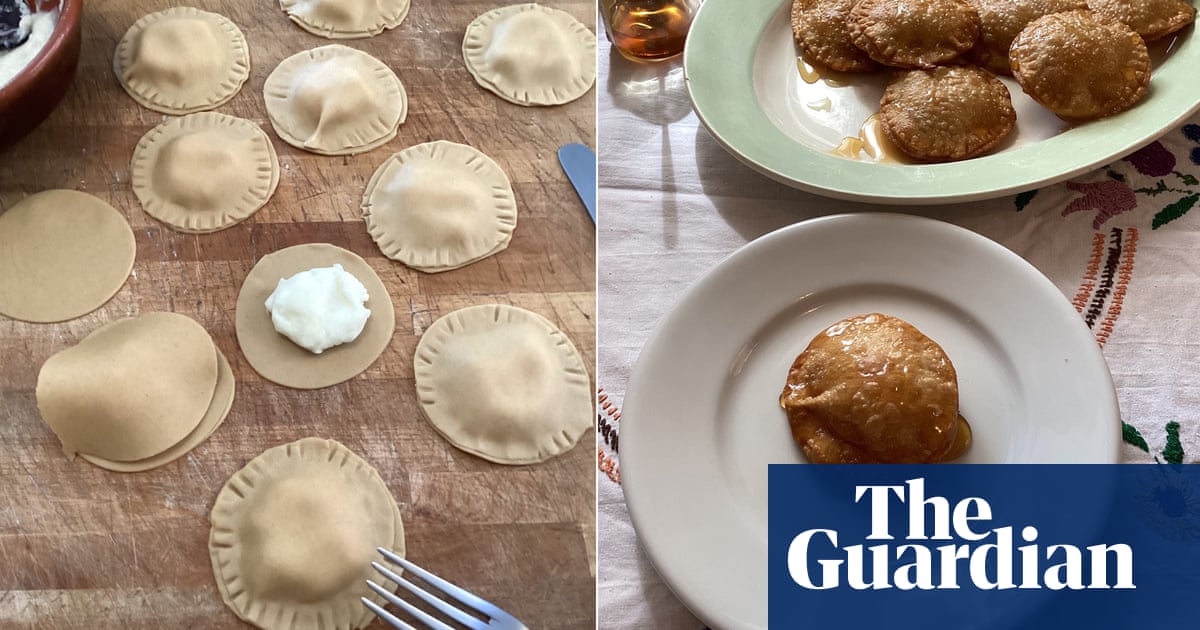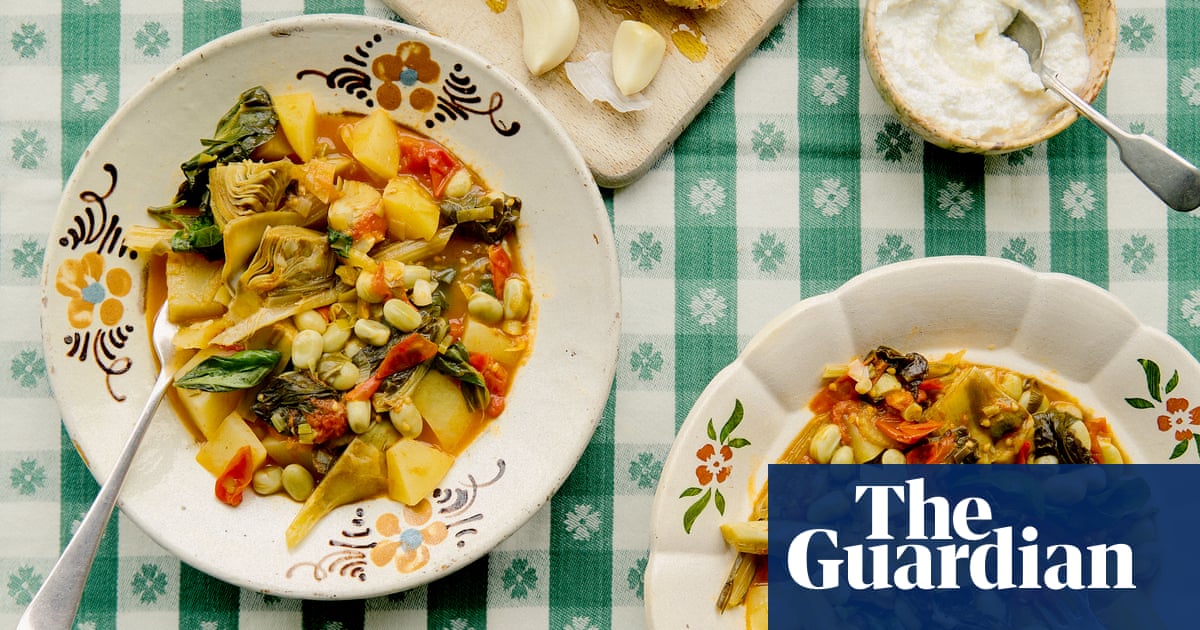
Before it changed hands, a local delicatessen-gastronomia used to display s’aranzada in the window at Christmas time. It was an eye-catching sight: a glossy mass of luminous orange peel curls and sharp almond slivers, often sharing the small window with square jam tarts (their black and red fillings equally glossy), pangiallo and almond biscuits dusted with icing sugar– the pale sort with brittle cracks that promise a fudge-like inside. In short, an appealing window that, with the blinking Christmas lights and great swathes of plastic greenery, always made me feel festive and warm.
It was years later, the glossy window displays long gone, when I finally understood what I had so often looked at through glass. Given a small green book about Sardinian cooking, I learned they were called s’aranzada, or aranzada; alsoaranciata Sarda. They are a sweet typical of Nuoro in central-eastern Sardinia, one traditionally associated with baptisms, where they are prepared and given as a token of gratitude to both the parish and godparents. Their flavour reminds me of a very thick-cut and quite dry marmalade crossed with toffee and nut brittle. This being Sardinia, their gloss, of course, comes from honey; some recipes I came across also suggest adding sugar, but most are a recipe of just three ingredients: orange peel, almonds and honey; maybe a few silver dragees, or hundreds and thousands, for more joy. “In England, you call this type of thing sweetmeats, don’t you?” a Sardinian friend asked when I talked to her on the phone about it. Such a nice way to put it. I didn’t want to admit that I didn’t.
The etymology dictionary defines sweetmeat as “a sweet thing to eat”, from the old English swete-mete, swete being “pleasing to the senses, mind or feelings” and mete being “food, nourishment, sustenance”. It is interesting to note that in Middle English vegetables could still be called grene-mete, but you don’t have to go back centuries or to Henry IV’s bonkers coronation banquet to find English sweetmeats. Writing in 1956, Constance Spry and Rosemary Hume featured 15 in their Cookery Book, including three for candied orange, quince sweetmeat, apricot sweetmeat, chocolate fudge, sponge candy, stuffed dates, two sorts of peppermint creams and Edinburgh rock.
But back to the honey-candied orange from Sardinia and this week’s recipe for s’aranzada.
Candied orange and almond balls (s’aranzada)
Prep 20 min
Soak 36 hr+
Cook 25 min
Makes About 15
2 unwaxed oranges
200g peeled almonds
250g honey
Using a peeler, pare strips of peel from the oranges, taking as little white pith as possible, then soak in cold water for 36-48 hours.
Drain the peel, blot with kitchen paper, then use a sharp knife to shred it thinly. Put the shredded peel in cold water, bring to a boil for three minutes, then drain. Toast the almonds in a dry frying pan on a medium heat for a few minutes, until golden, then cut them into slender splinters.
Put the orange peel and honey in a pan on a low heat and cook, stirring so it doesn’t catch, for about 20 minutes, until everything is sticky. Add the almonds and cook for five minutes more. Tip the mixture on to a tray lined with baking paper and wait until it cools a bit, but not completely. Press flat, then cut into lozenges or simply shape into little messy balls and put each one in a small paper case. Leave to cool. If you like, the peelings can also be half-dipped in melted chocolate and left to firm up.












